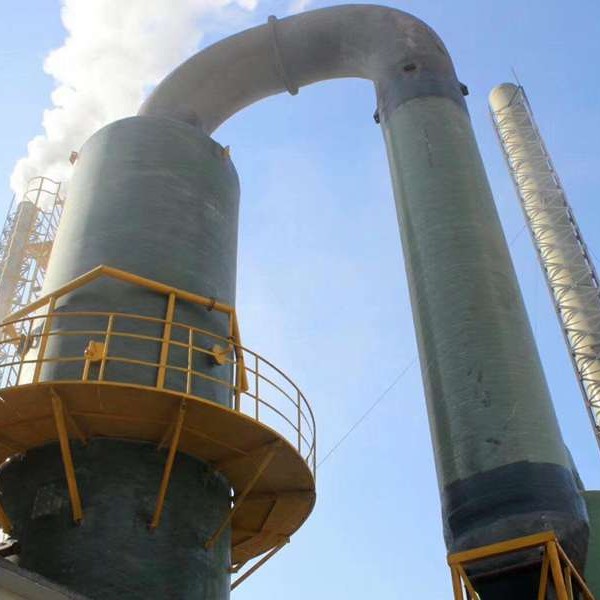
-
 Afrikaans
Afrikaans -
 Albanian
Albanian -
 Amharic
Amharic -
 Arabic
Arabic -
 Armenian
Armenian -
 Azerbaijani
Azerbaijani -
 Basque
Basque -
 Belarusian
Belarusian -
 Bengali
Bengali -
 Bosnian
Bosnian -
 Bulgarian
Bulgarian -
 Catalan
Catalan -
 Cebuano
Cebuano -
 China
China -
 China (Taiwan)
China (Taiwan) -
 Corsican
Corsican -
 Croatian
Croatian -
 Czech
Czech -
 Danish
Danish -
 Dutch
Dutch -
 English
English -
 Esperanto
Esperanto -
 Estonian
Estonian -
 Finnish
Finnish -
 French
French -
 Frisian
Frisian -
 Galician
Galician -
 Georgian
Georgian -
 German
German -
 Greek
Greek -
 Gujarati
Gujarati -
 Haitian Creole
Haitian Creole -
 hausa
hausa -
 hawaiian
hawaiian -
 Hebrew
Hebrew -
 Hindi
Hindi -
 Miao
Miao -
 Hungarian
Hungarian -
 Icelandic
Icelandic -
 igbo
igbo -
 Indonesian
Indonesian -
 irish
irish -
 Italian
Italian -
 Japanese
Japanese -
 Javanese
Javanese -
 Kannada
Kannada -
 kazakh
kazakh -
 Khmer
Khmer -
 Rwandese
Rwandese -
 Korean
Korean -
 Kurdish
Kurdish -
 Kyrgyz
Kyrgyz -
 Lao
Lao -
 Latin
Latin -
 Latvian
Latvian -
 Lithuanian
Lithuanian -
 Luxembourgish
Luxembourgish -
 Macedonian
Macedonian -
 Malgashi
Malgashi -
 Malay
Malay -
 Malayalam
Malayalam -
 Maltese
Maltese -
 Maori
Maori -
 Marathi
Marathi -
 Mongolian
Mongolian -
 Myanmar
Myanmar -
 Nepali
Nepali -
 Norwegian
Norwegian -
 Norwegian
Norwegian -
 Occitan
Occitan -
 Pashto
Pashto -
 Persian
Persian -
 Polish
Polish -
 Portuguese
Portuguese -
 Punjabi
Punjabi -
 Romanian
Romanian -
 Russian
Russian -
 Samoan
Samoan -
 Scottish Gaelic
Scottish Gaelic -
 Serbian
Serbian -
 Sesotho
Sesotho -
 Shona
Shona -
 Sindhi
Sindhi -
 Sinhala
Sinhala -
 Slovak
Slovak -
 Slovenian
Slovenian -
 Somali
Somali -
 Spanish
Spanish -
 Sundanese
Sundanese -
 Swahili
Swahili -
 Swedish
Swedish -
 Tagalog
Tagalog -
 Tajik
Tajik -
 Tamil
Tamil -
 Tatar
Tatar -
 Telugu
Telugu -
 Thai
Thai -
 Turkish
Turkish -
 Turkmen
Turkmen -
 Ukrainian
Ukrainian -
 Urdu
Urdu -
 Uighur
Uighur -
 Uzbek
Uzbek -
 Vietnamese
Vietnamese -
 Welsh
Welsh -
 Bantu
Bantu -
 Yiddish
Yiddish -
 Yoruba
Yoruba -
 Zulu
Zulu
Exploring the Benefits and Applications of Glass Fiber Tanks in Various Industries
The Evolution and Advantages of Glass Fiber Tanks
In recent years, glass fiber tanks have gained significant popularity across various industries, primarily due to their remarkable durability, lightweight structure, and resistance to corrosion. These tanks, made from a composite material consisting of glass fibers and resin, are increasingly being utilized for a range of applications, including water storage, chemical processing, and wastewater treatment. This article explores the evolution, advantages, and applications of glass fiber tanks.
Historical Background
The development of glass fiber reinforced plastic (FRP) dates back to the early 20th century, but it wasn't until the 1940s that it saw extensive application in manufacturing. As industries aimed for more durable and efficient materials, the introduction of glass fiber tanks to the marketplace emerged as a game-changer. Over the decades, advancements in manufacturing processes and material science have refined the quality and performance of glass fiber tanks, making them a preferred choice for many sectors.
Key Advantages
1. Corrosion Resistance One of the most significant advantages of glass fiber tanks is their resistance to corrosion. Unlike traditional metal tanks, which can rust or degrade when exposed to harsh chemicals or environmental conditions, glass fiber tanks maintain their integrity over time. This makes them ideal for storing chemicals, acids, and alkalis in various industrial settings.
2. Lightweight and Strong Glass fiber tanks are significantly lighter than their metal counterparts, making them easier to transport and install. Despite their lightweight nature, they are incredibly strong and can withstand high pressures and impacts, providing a reliable storage solution.
3. Versatility Glass fiber tanks are highly versatile and can be molded into various shapes and sizes. This adaptability allows them to be customized to meet specific needs, whether for residential water storage or large-scale industrial applications.
4. Low Maintenance The non-porous surface of glass fiber tanks does not require extensive maintenance, reducing the need for frequent repairs or replacements. This characteristic translates into long-term cost savings for users.
5. Environmental Impact Glass fiber tanks can be manufactured using sustainable practices and materials, making them an environmentally friendly option for storage solutions. Furthermore, their longevity reduces waste, aligning with modern sustainability efforts.
glass fiber tank

Applications
The applications of glass fiber tanks are diverse, serving a multitude of industries
- Water Storage Many municipalities and communities have turned to glass fiber tanks for potable water storage due to their non-toxic properties and long lifespan. These tanks can also be used for rainwater harvesting systems.
- Chemical Storage Industries dealing with corrosive materials, such as chemical manufacturing and pharmaceuticals, prefer glass fiber tanks for storing acids, bases, and other reactive substances safely.
- Wastewater Treatment In wastewater treatment plants, glass fiber tanks are used for storing and processing sewage. Their resistance to chemicals allows for efficient treatment processes without the risk of tank degradation.
- Agriculture Farmers utilize glass fiber tanks for irrigation systems, fertilizers, and other agricultural chemicals. The durability of these tanks ensures that the stored materials remain uncontaminated.
- Fish Farming and Aquaculture Glass fiber tanks are also gaining traction in aquaculture. Their smooth interior surfaces provide an optimal environment for aquatic life, making them suitable for fish farming.
Conclusion
As technology continues to advance, glass fiber tanks represent a significant step forward in storage solutions. Their unique combination of strength, versatility, and resistance to corrosion positions them as a superior alternative to traditional materials. With applications ranging from municipal water storage to industrial chemical containment, glass fiber tanks are poised to play a vital role in the evolving landscape of storage solutions, addressing both current and future needs across various sectors. Embracing this innovative technology not only enhances efficiency but also contributes to a more sustainable and environmentally conscious approach to storage.









